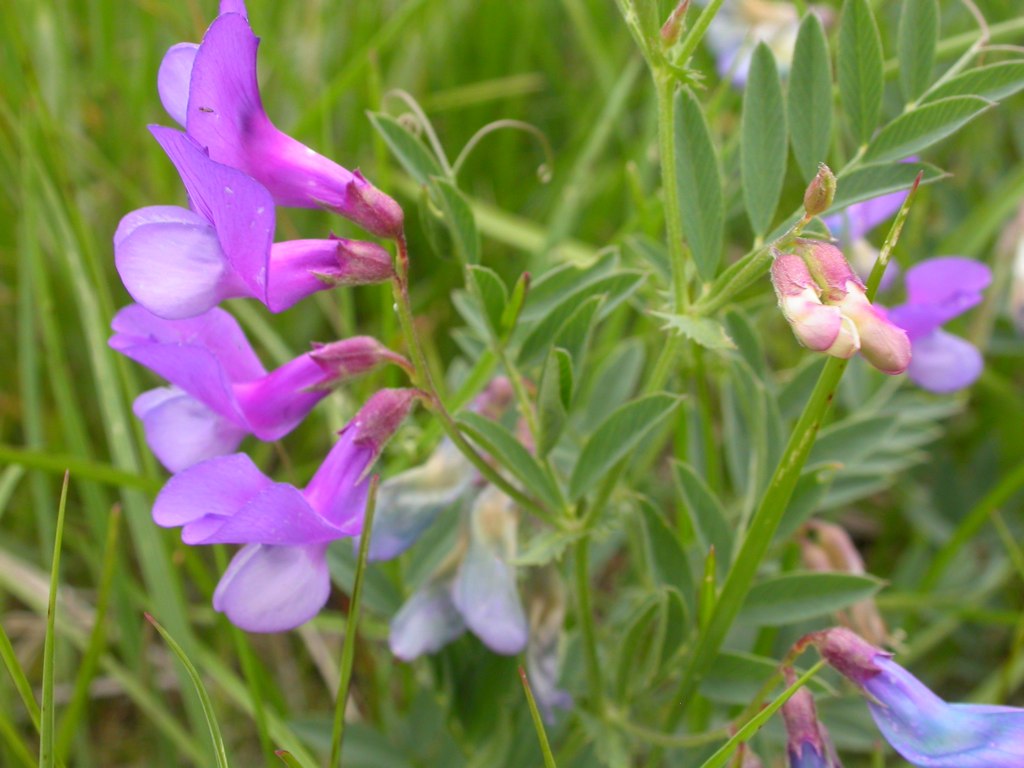The mystical fountain of youth… could it exist? Maybe it’s not some magical elixir, high tech drug, or enchanted hot spring bath. What if your choices on a daily basis, the people you choose to surround yourself with, your environment, and the food on your plate could slow down the aging process?

The idea isn’t so far-fetched; we know there are many things that speed up the aging process such as stress, malnutrition, exposure to pollution and toxins. Just as we know there are things proven to slow down the aging process, such as regular exercise, a low-stress lifestyle, and daily consumption of key antioxidants. The fascinating book “Secrets of the World’s Longest Living People” highlights “longevity hotspots” around the world, where people not only live longer but look younger, feel younger, chronic disease is rare, obesity is nearly unheard of, and they are active into old age.
I happen to have two people in my life who seemingly have stumbled upon this “fountain of youth.” From a young age, my great aunt & uncle Rachel & Greg Kresse of Wausau, Wisconsin have been role models to me. I credit them with sparking an early interest in herbs and nutrition in first my mother, then myself. Growing up my mother always had Echinacea in the garden, fresh vegetables and herbs, and zinc tablets in the medicine cabinet to keep us from getting sick. Rachel has always been on top of cutting edge research in the fields of health and nutrition and has shared that information with the family. She blends that expertise with her knowledge of traditional farming and foraging gained from growing up on a mid-century northern Wisconsin farm. Her mother, Esther, brought over the ancient traditions of mushroom & berry foraging from Russia, a tradition my husband and I are passionate about reviving. Greg on the other hand, has a career specializing in psychiatry. I think this beautifully accentuates the other half of the “fountain of youth” equation- social well-being and support, emotional health, a good sense of humor, self-care, and the role of exercise and food on mental health.
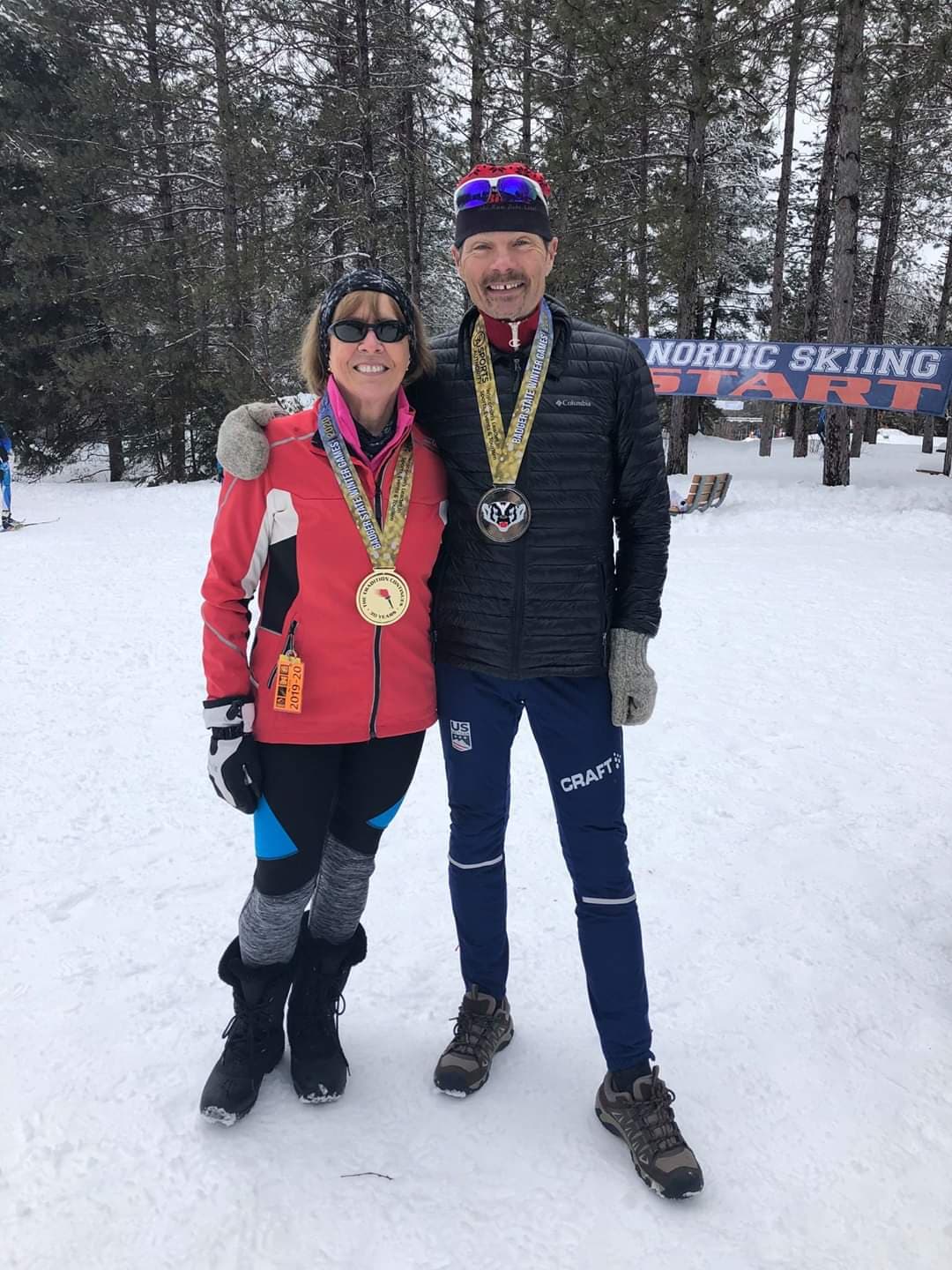
A race in 2019
When you see them sharing pictures with their medals from cross-country ski races or of the biking adventures they’ve gone on, you’d think you’re looking at a 50-something couple blessed with the luck of good genes. But what you’re really looking at is a couple who are the products of their lifestyle… at 70 & 71 years old.
Not only are Greg & Rachel an inspiration to me, but they are a fascinating case indeed because their health simply cannot be attributed to purely “good luck,” as they are genetically unique. I set out to interview them to find out exactly what their secrets are, and what kind of advice they have for the rest of us who want to live long, healthy lives.
Thanks for taking the time to speak with me! Can you tell us a bit about yourselves?
Rachel: “I’m a 71 year old retired educator. I currently manage the Wausau Night Gliders which is a middle school Nordic Ski Racing Team, I’m a gardener, and continuing athlete (bike, swim, walk/hike, Nordic Ski, and Yoga). I still compete in shorter Nordic races of 10K, but often pleasure ski for 2 hours at a time.”

Greg: “I’m 70, and work part-time as a Psychotherapist specializing in addiction. I’m head coach of the racing team that Rachel manages, do all the heavy gardening work, and am a continuing athlete (bike, swim, hike, Nordic Ski, and not enough yoga per Rachel J). I continue to win in my age division in Nordic races including the Kortelopet, which is a race of 29 K = 17.98 miles. I was excited to finish the Classic Korte in 1 hr 52 minutes in 2019, coming in overall in 48th place out of 1068 skiers of all age groups.”

What was your diet like growing up, and what is your diet like now?
Rachel: “I grew up with whole foods from my parent’s farm and pastured beef, pork, and chicken/eggs. Everything was naturally organic until the 1950s/60s, when pesticides including DDT began to be used. The danger was not known at the time. Growing up we foraged blackberries, blueberries, mushrooms (we think they were honey mushrooms), and asparagus. My parents grew things like cabbage, green beans, peas, corn, tomatoes, carrots, apples, pears, leaf lettuce, potatoes, sometimes okra, and they made traditionally lacto-fermented sauerkraut. Kale wasn’t popular back then but we grow lots of it in our garden now.
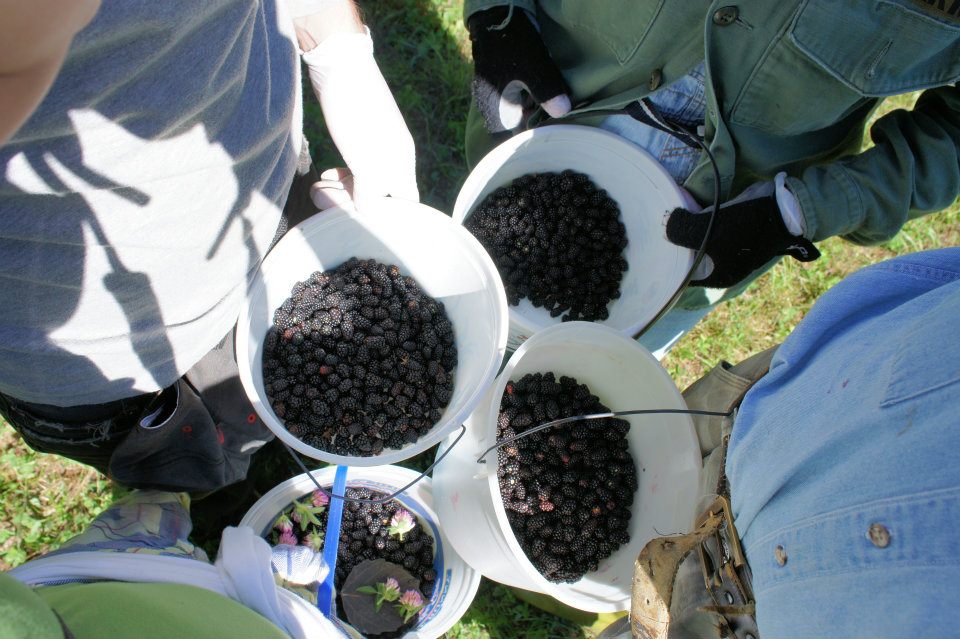
Picking wild blackberries near their house
Greg had a terrible diet growing up- lots of processed cereal and milk. They probably had a pretty typical diet for someone who didn’t live on a farm in the 50s and 60s; they ate a lot of their food out of cans.
Currently and for quite a few years previous we have followed a mostly organic diet high in vegetables and fiber, low in meat, and have been dairy-free for at least the last 3 years. Our diet has changed as we have aged. Generally we eat a vegetarian diet today with a little bit of fish and eggs. We do a lot of vegetarian soups with beans, peas, lentils, and full of every vegetable and mushroom I have. In summer we eat from the garden every day. A consistent lunch for us is a blend of beans and a whole grain (usually barley, freekeh, or kamut), rolled up in a healthy tortilla with lettuce, avocado, and tomato. Then we have a side of a cooked veggie like cauliflower, carrots, zucchini, broccoli, green beans, or something else from the garden. Most of our protein comes from beans. We lacto-ferment things like cucumbers to make our own pickles and last year’s batch was the best.”
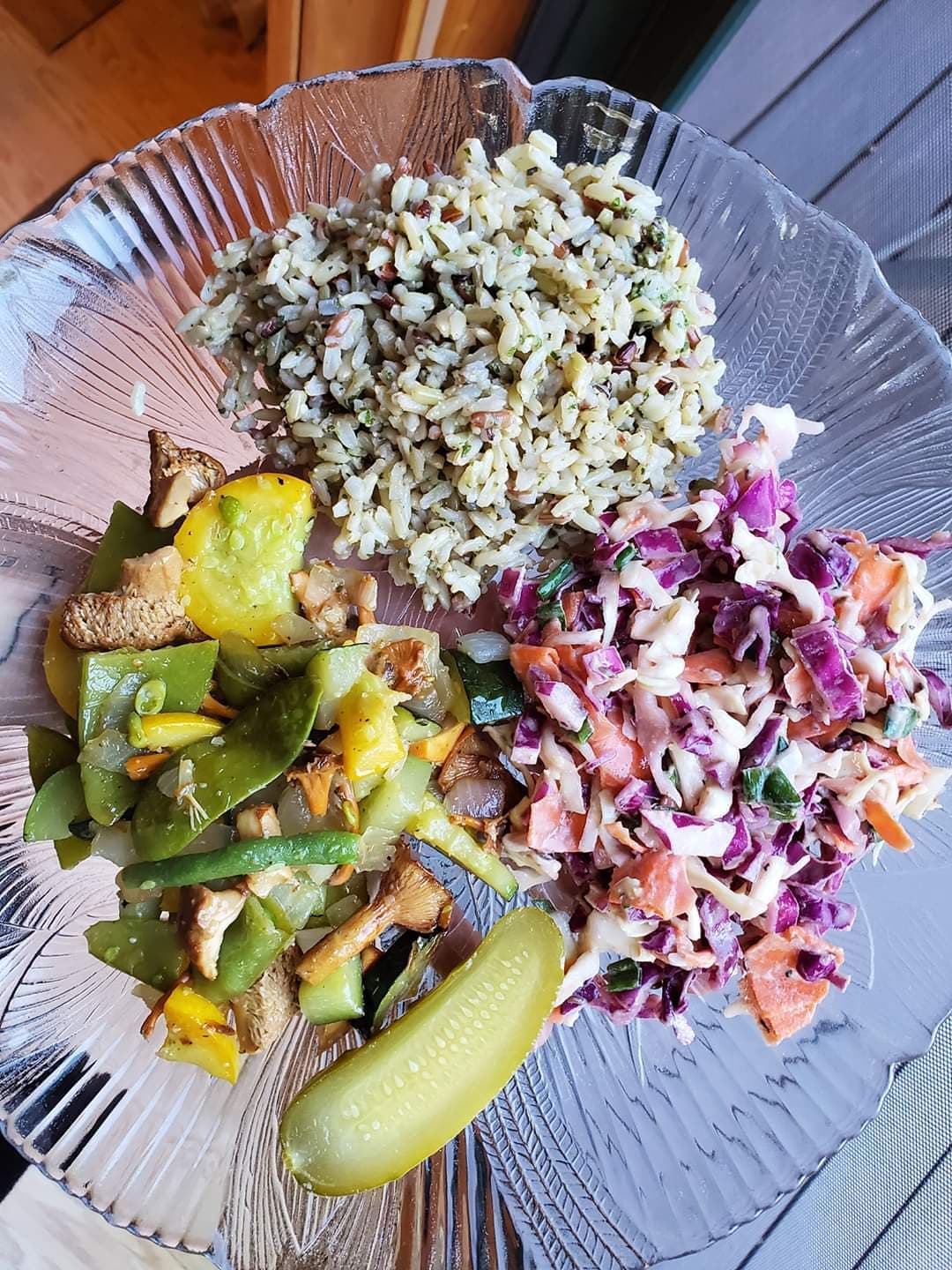
A colorful homemade meal I enjoyed at their house last summer
What are your favorite foods that you incorporate daily?
“All vegetables (especially the cruciferous ones), onions/garlic, beans and/or legumes every day, olive oil, and avocados. We grow much of our food organically in our gardens.
We follow Dr. Fuhrman, M.D.’s book “The End of Heart Disease” dietary recommendations, which is filling your plate mostly with veggies, then beans, whole grains, nuts, and fruits, and very small amounts of meat. We also follow many of the guidelines found in the book “Anti-Cancer: A New Way of Life” by David Servan-Schreiber, M.D., PhD. This book recommends eating lots of fruits and vegetables, staying away from white sugar and bad fats such as trans-fat, exercising, fostering a positive mental outlook and practicing relaxation techniques such as yoga and meditation.”
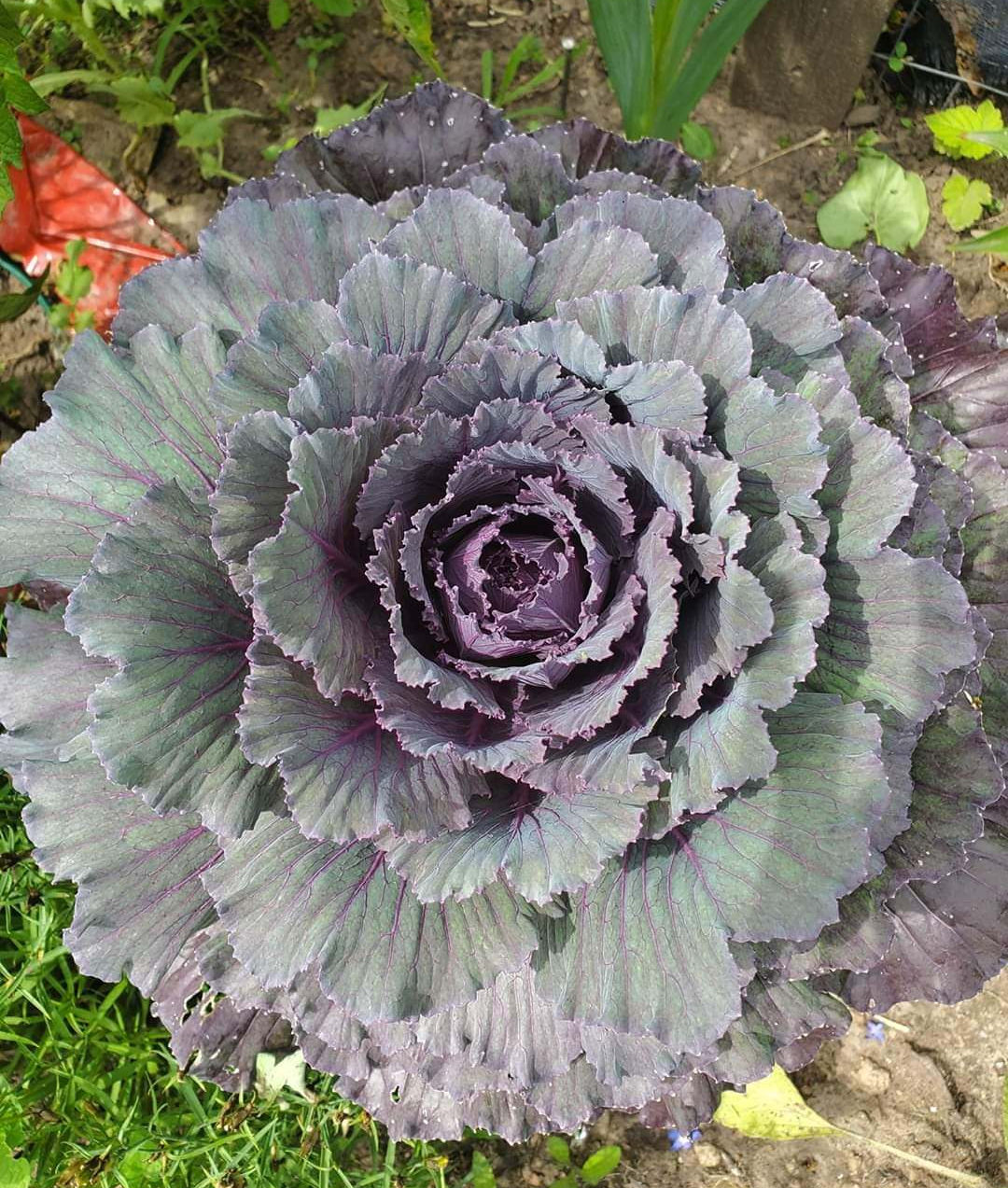
Beautiful veggies from their garden
What foods do you avoid like the plague?
“Mostly saturated fats and foods high in omega-6 fatty acids – whether organic or not! That includes processed snacks, fast foods, baked goods, fatty meats, and cured meats. While saturated fats are important for kids, once you get past a certain age they are more detrimental and you don’t need as much in your diet.
We avoid white sugar as best as we can, but we follow a 80/20 rule for treats and special occasions. We use maple syrup that our friends make, raw organic honey, or organic agave for sweetening foods instead of white sugar.”
How are you involved in your local community, and do you feel that’s played a role in your health and wellness?
“We maintain a Little Free Library on our property, and of course engage with kids and their parents through summer and winter ski programs that we run. We actively try to encourage neighbors to garden, and have healthy pesticide-free lawns. Our neighbor read that article you shared about Minnesota compensating people for replacing their lawns with bee-friendly native plants, and he’s actually thinking about getting rid of his lawn chemicals!
Being active definitely made a difference in our lives as we made many friends from all over the state in our early years being runners and skiers, and have maintained many of those friendships for over 40 years.”
(Greg and Rachel’s Little Free Library even made it into USA Today magazine!)
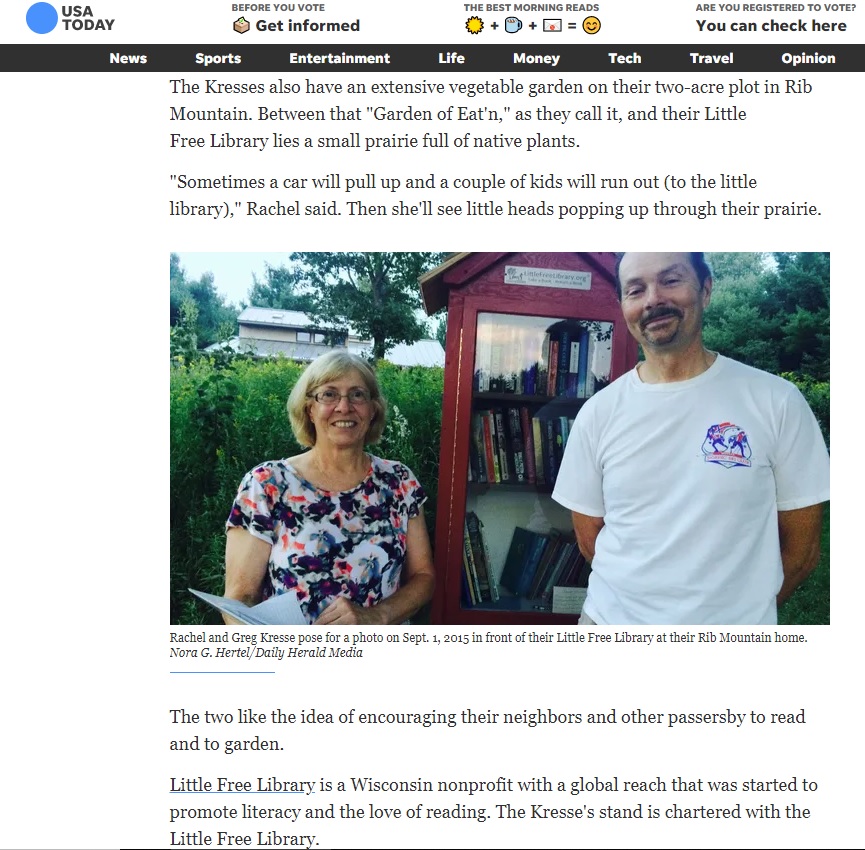
Are there any health issues that run in your families? Have they become issues for you?
Rachel: “I inherited my mother’s bunions and osteoarthritis. I’ve managed my foot issues with orthotics, especially when I was a runner for 30 years. Movement helps osteoarthritis, so continued physical activities are important.”
Greg: “Much of my family history is overshadowed by lifestyle issues that caused my father’s death at 64 (2 pack a day Camel unfiltered cigarette smoker all his life and obesity). My mother lived to 95. She had far fewer issues, with heart disease being a primary problem. Our diet changed a number of years ago because of my atherosclerosis and an increase in my LDL which had not been a problem when I was younger. The physician wanted to prescribe statins and we chose to go the diet route instead. The goal was LDL of 70 and I achieved that, to my cardiologist’s surprise, in about 6 weeks. I’ve maintained an excellent level below 70 and extremely low triglycerides.”

Rachel and my son Theo
How much time do you spend outside?
“Greg spends much of his time outdoors in all seasons. If he is not doing a sport activity he is doing something with the garden or landscape/prairie or building another rock wall! In comparison to Greg, I spend less time outdoors because I do most of the garden harvesting, preserving and cooking, and I dislike summer heat and bugs.
A warning about childhood and early adult sunburns – Greg has had permanent DNA damage from major youth sunburns which has resulted in skin cancer. It’s important to get vitamin D from the sun, but burns are damaging and the damage won’t show for many years.”
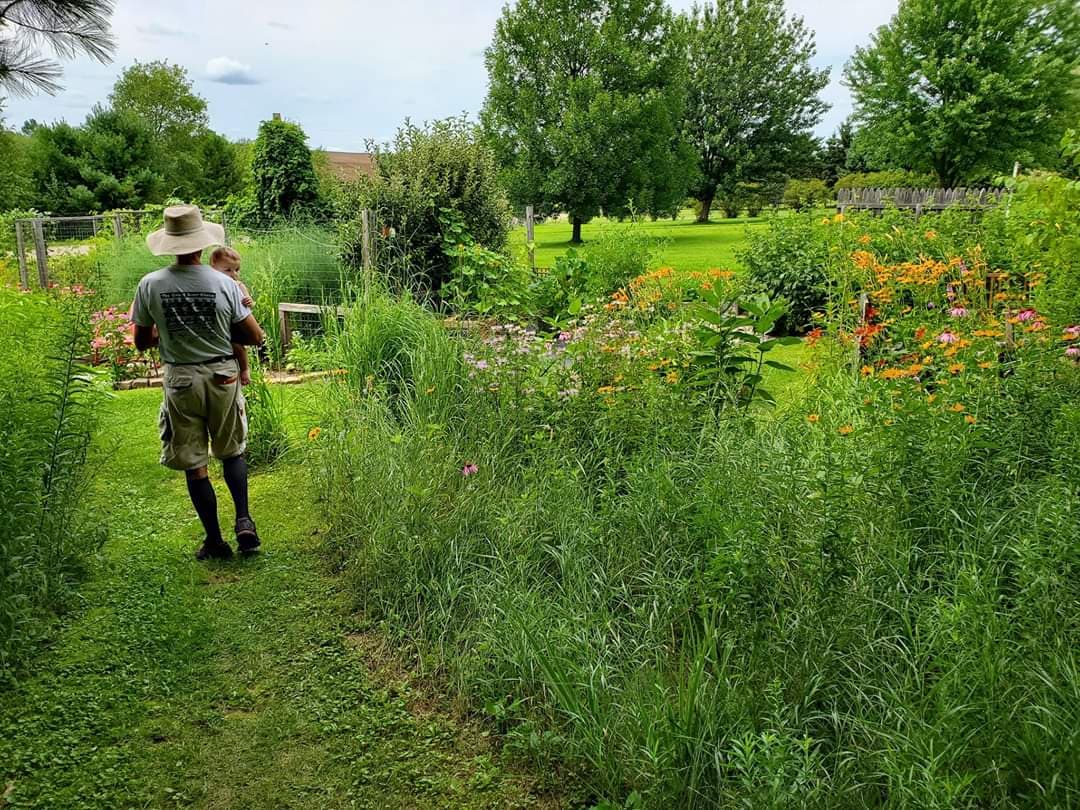
Greg showing Theo around the gardens
You have a beautiful yard full of both prairie and food gardens. Is gardening something you recommend to others?
“It’s important to grow your own food because you have control over how it is grown and you know exactly what you’re getting. If you have the space, why not grow plants you can eat? You don’t even need a lot of space to grow some of these things as they are vertical- beans grow up, peas grow up. Why not plant a fruit bush instead of ornamental? Then you have free raspberries, currants, or blackberries. We preserve and store so much food from our yard that I estimate we save a couple thousand dollars per year on groceries.”
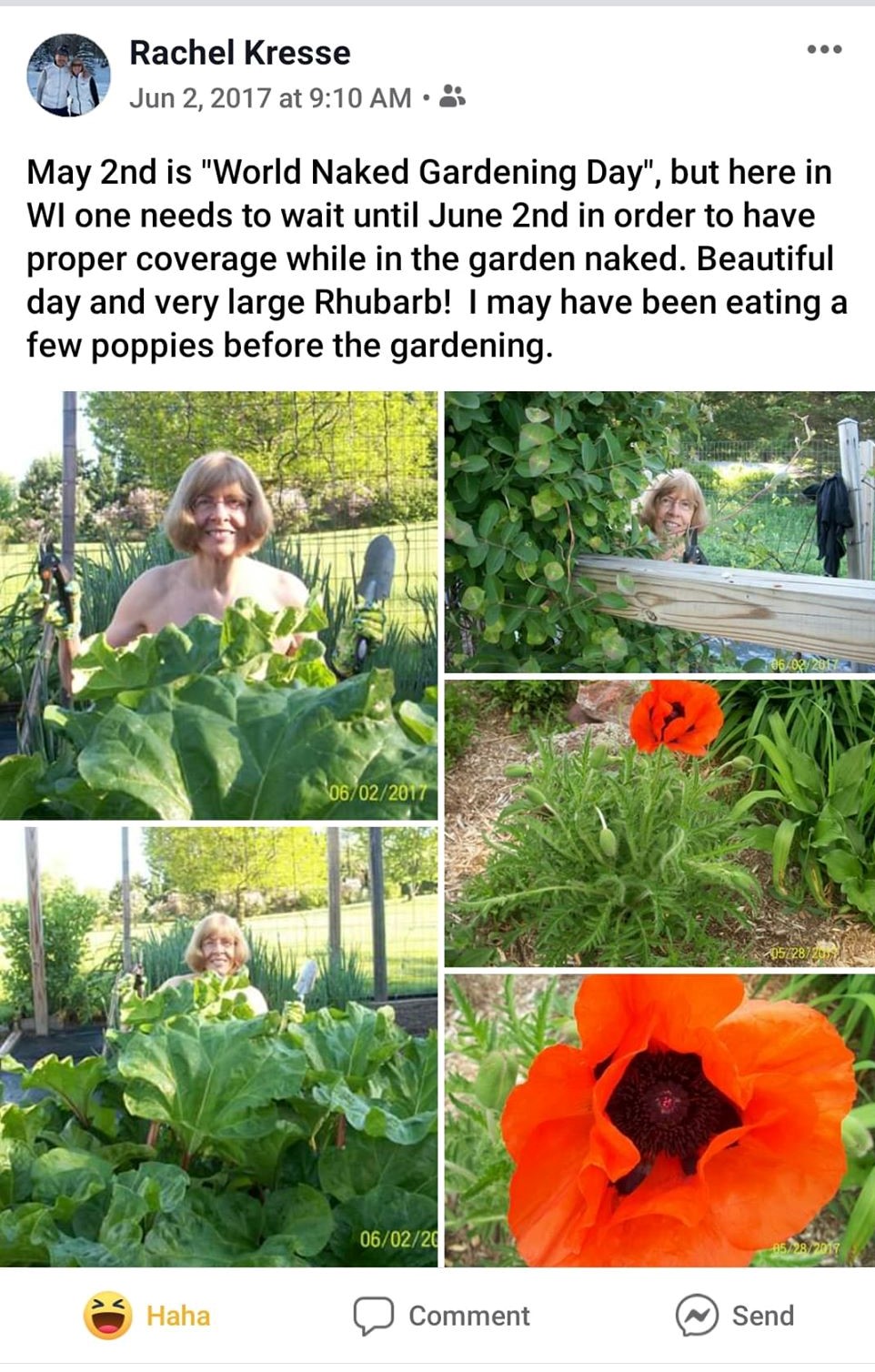
Did I mention a good sense of humor helps keep you young??
How do you avoid the temptation to eat at restaurants?
“We enjoy eating out at restaurants, but we don’t do it as often as most people. We always carry food with us when we travel, so the temptation isn’t really there. When we do, we try to pick healthier options like vegetarian dishes at Mexican restaurants. Before you called I was cutting up apples, oranges, & grapes for snacks, put our breakfast porridge in containers for the race tomorrow morning, and I made sandwiches with baby carrots for after the race.”
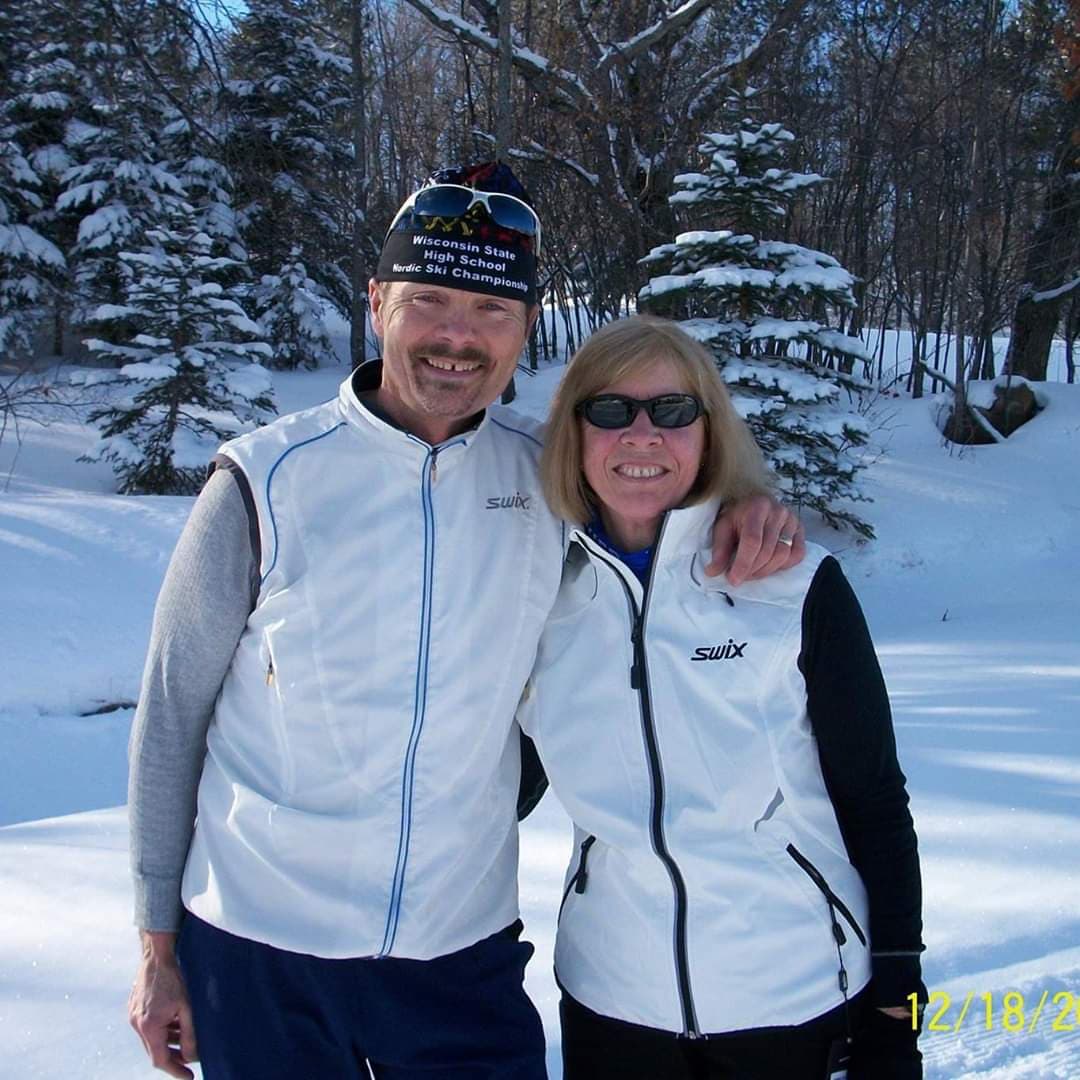
Do you take any regular supplements or teas?
“We drink green tea daily, with a small amount of kombucha as a daily lunch/supper cold drink. We take a number of supplements such as turmeric root for joints, and Greg takes niacin for cholesterol.”
Do you take any pharmaceutical drugs?
Greg: “I am on a blood thinner.”
Rachel is on no prescription meds.
How has your lifestyle affected your marriage, and vice versa?
“I tell the ski kids (teenagers) to pick boyfriends/girlfriends that are “sport compatible” and they always laugh at that. But if you don’t have common interests/activities, I believe it is harder to relate and enjoy each other as you move through the marriage and/or relationship.”


How does your health compare to others you know that are your age?
“We have had some medical issues whether from inheritance or past accidents similar to many others, but our activity level in most instances is much higher than most our age. For me, an example would be the four high school friends I get together with on a yearly basis. Three of them are incapacitated by obesity (have difficulty even walking), and the other one maintains some activity biking. So while slightly overweight, she still maintains mobility and energy to do things. Excess weight seems to be the determinate.”
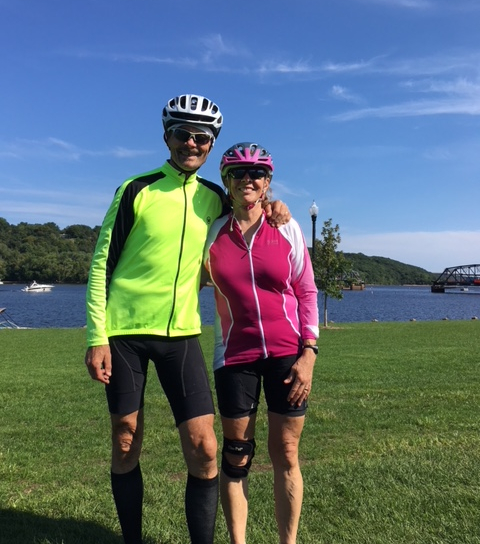
What do you think are the biggest factors in your ability to stay well and active into your 70’s?
“Sleep 7-8 hours, eat as well as you can, move in many different ways (not just one activity), meditate or have some spiritual context in your life, and have some “young” friends. I still wear makeup and lip gloss at the starting line- I might not always be the fastest, but at least I’ll still look good.”
If you could give the rest of the world one piece of advice to stay happy and healthy at any age, what would it be?
“I don’t know that I have a grand piece of advice to give, but perseverance does help!”

Thank you so much for sharing your wisdom with us!! Do you have any questions for Rachel and Greg? If so, post them in the comments!
Warmly,
Megan Normansell, CHC, AADP, CFH
Certified Holistic Health Counselor/ Certified Herbalist/Holistic Nutritionist/Wild Edibles Guide
Follow me on Facebook and Instagram for more recipes and healthy living ideas!
Interested in healing your body naturally?
Get the answers you’ve been searching for, and heal your body for good… naturally. We have successfully helped thousands of people across the country live a healthier life than they ever could have imagined, and specialize in dozens of different health concerns. If you’re curious, schedule your complimentary consultation today!
Read the incredible reviews we’ve received over the years here.
http://www.aayushealth.com – megan@aayushealth.com – 920-327-2221
Copyright Megan Normansell 2020. All rights reserved.
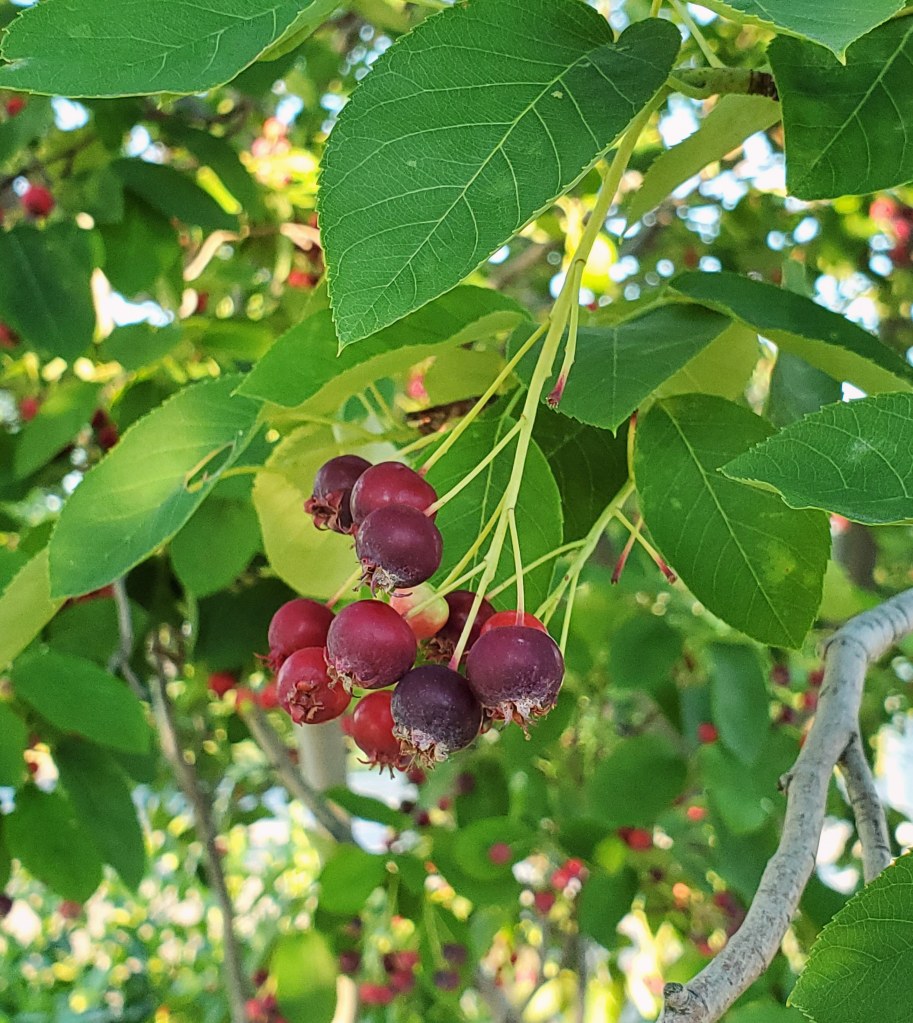
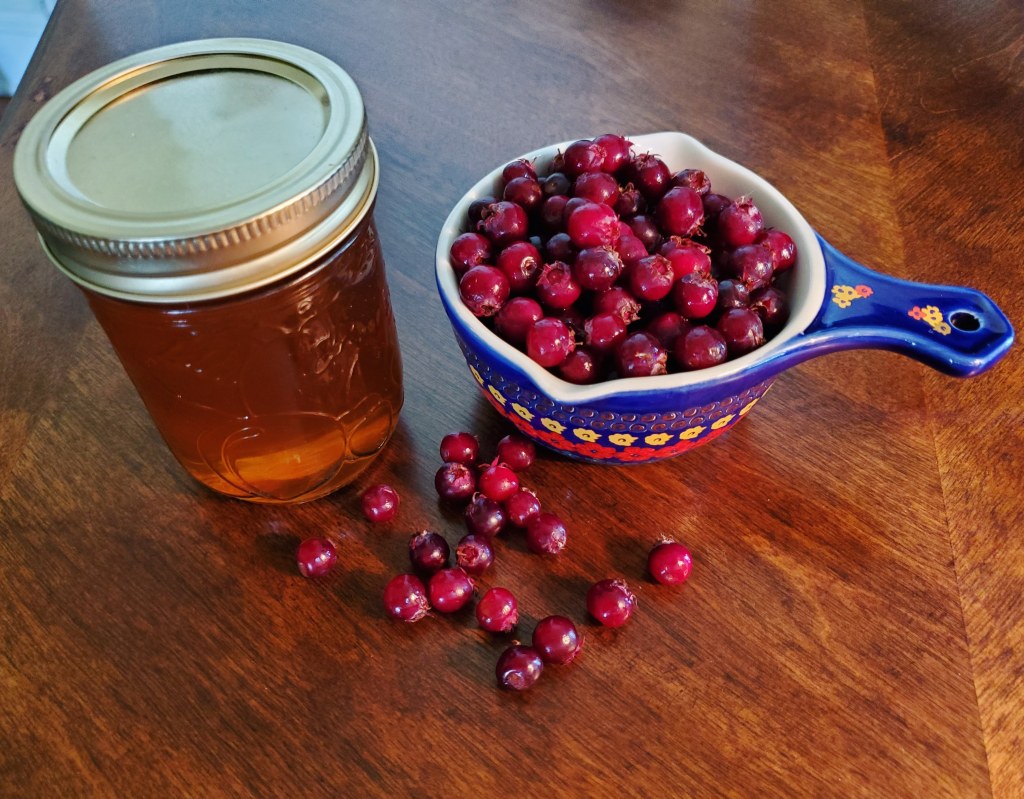

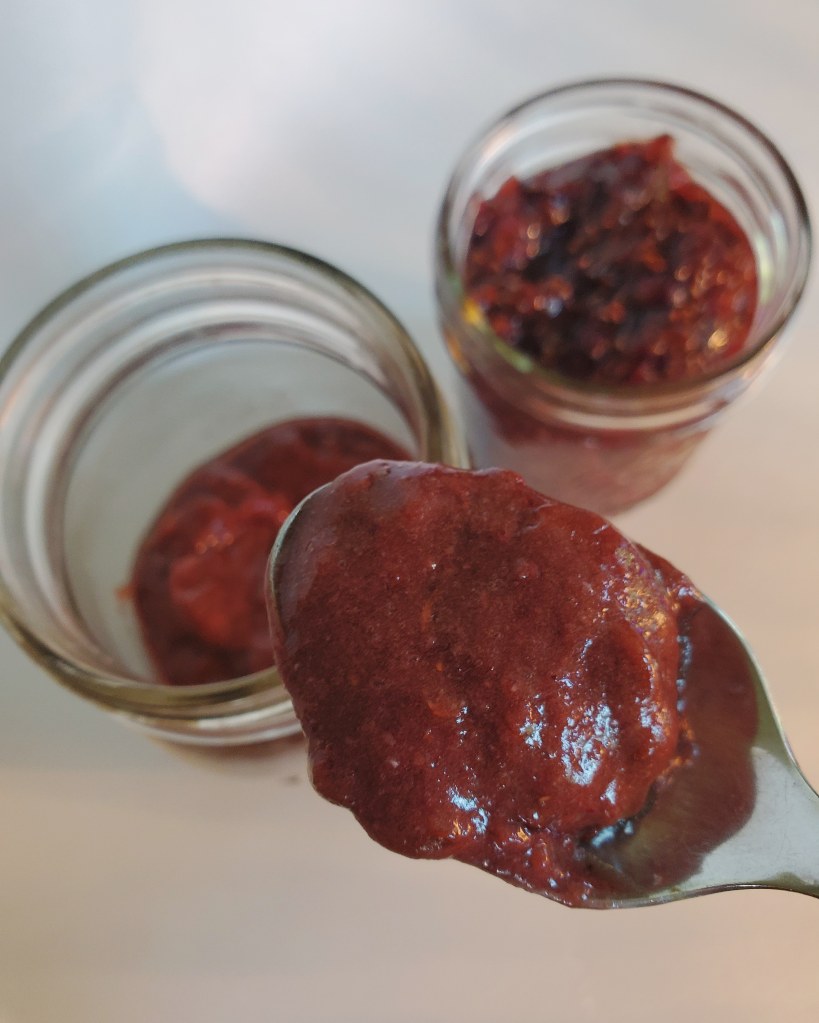
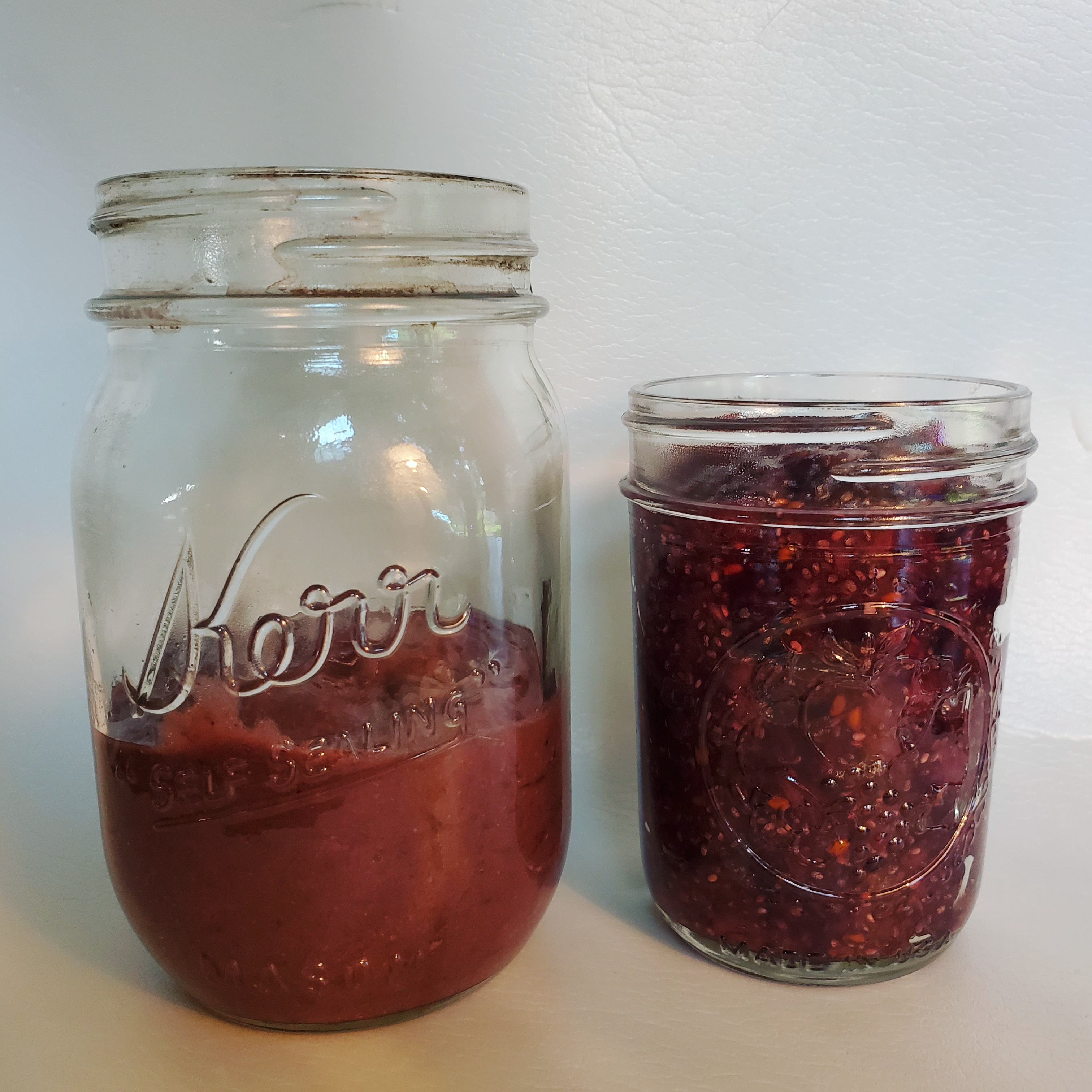


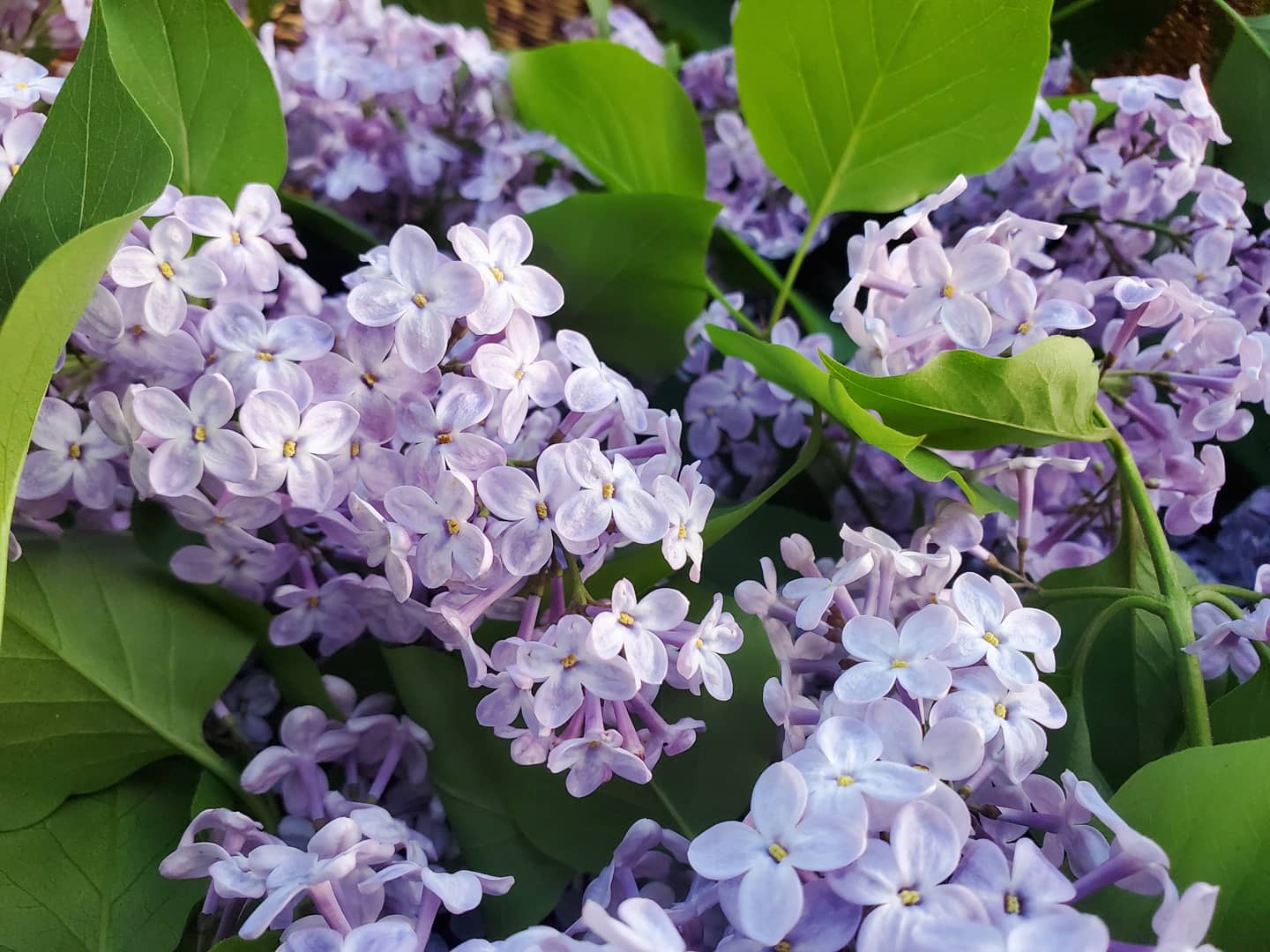

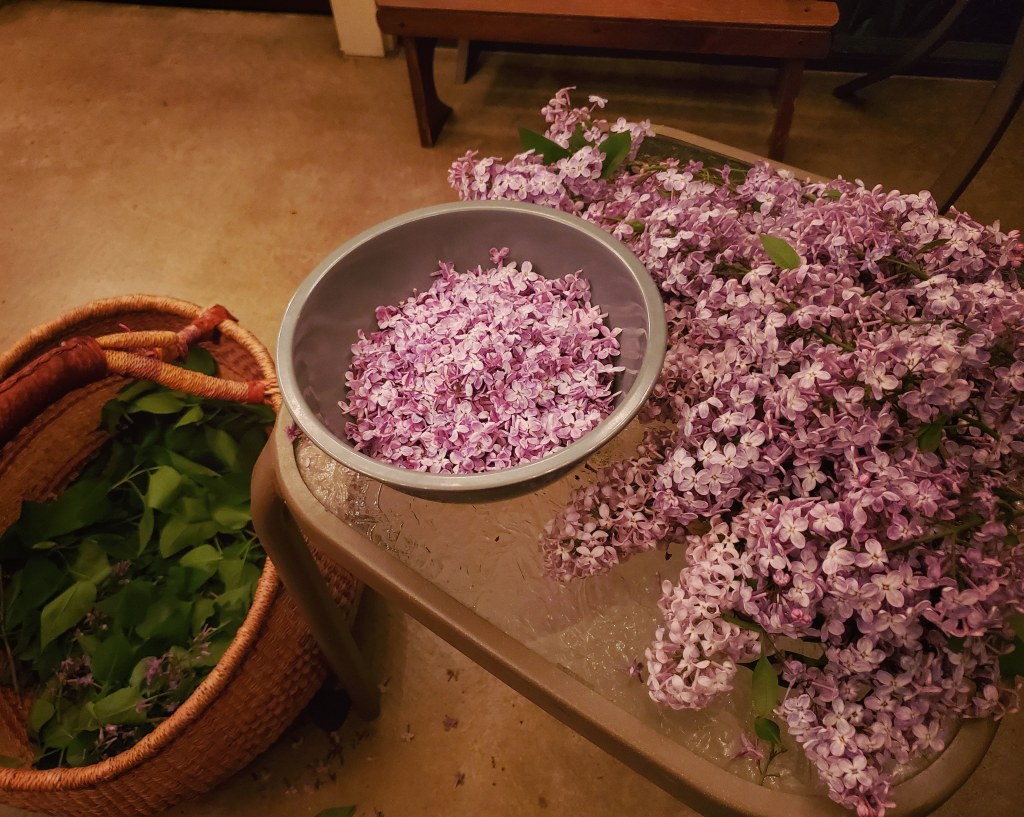
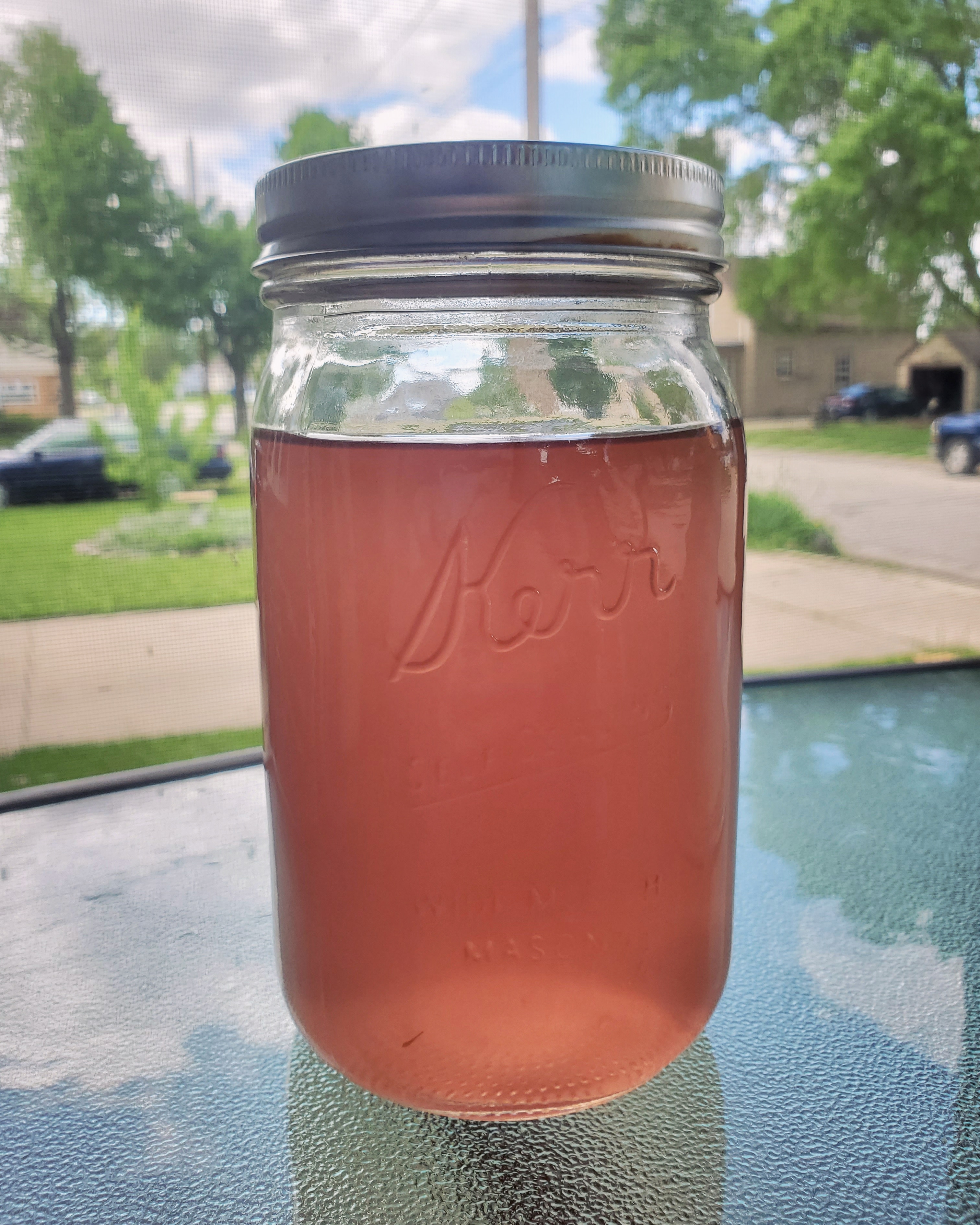
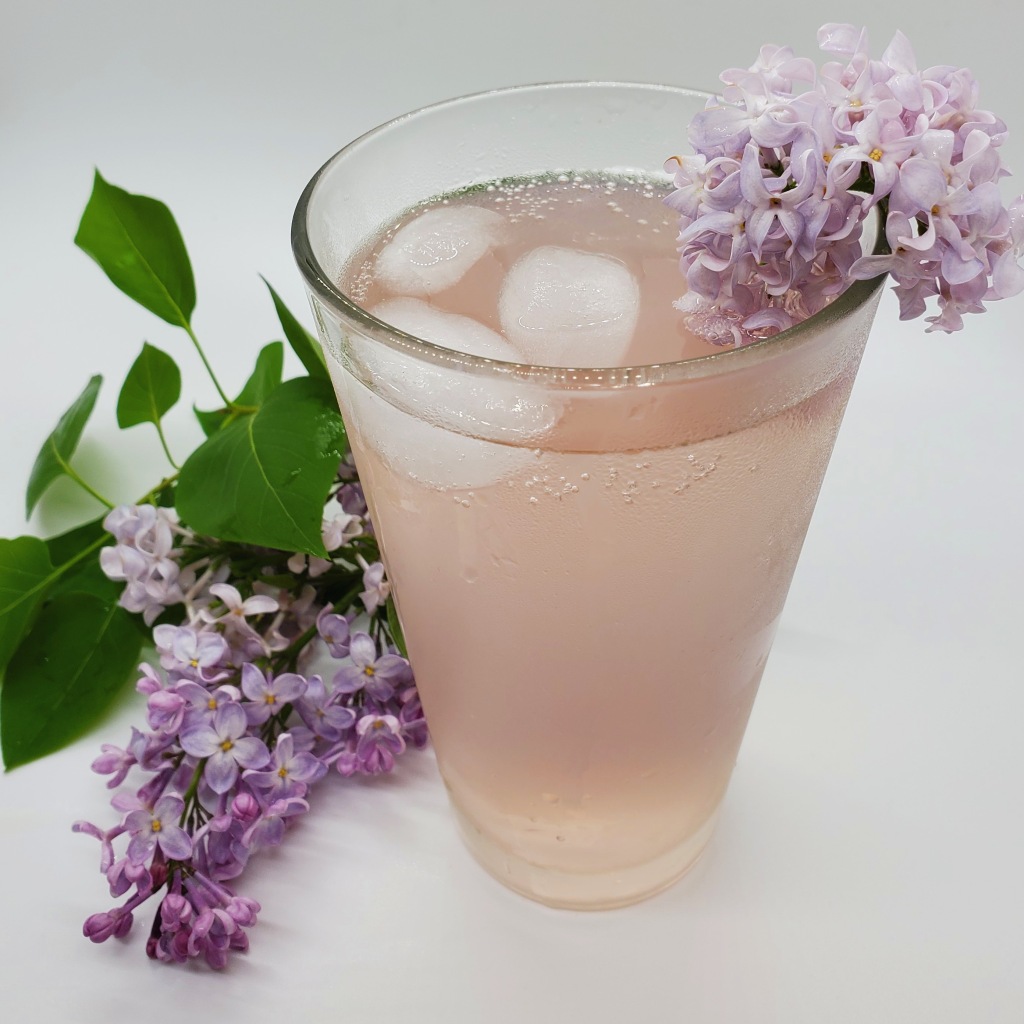
















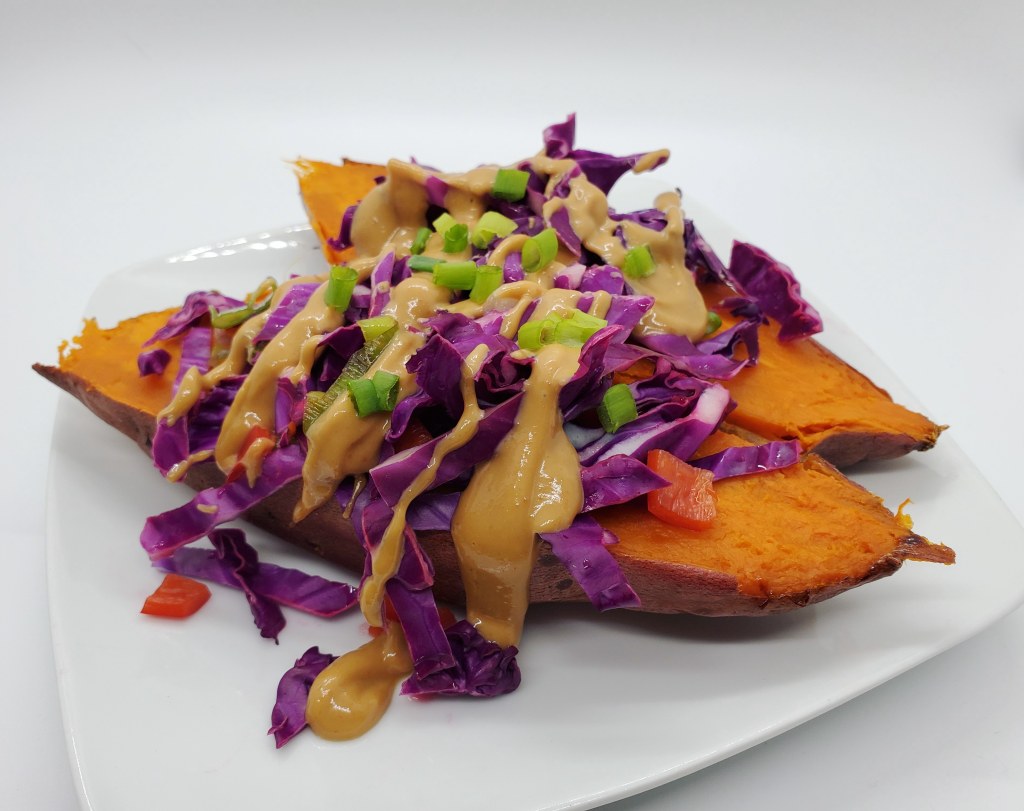
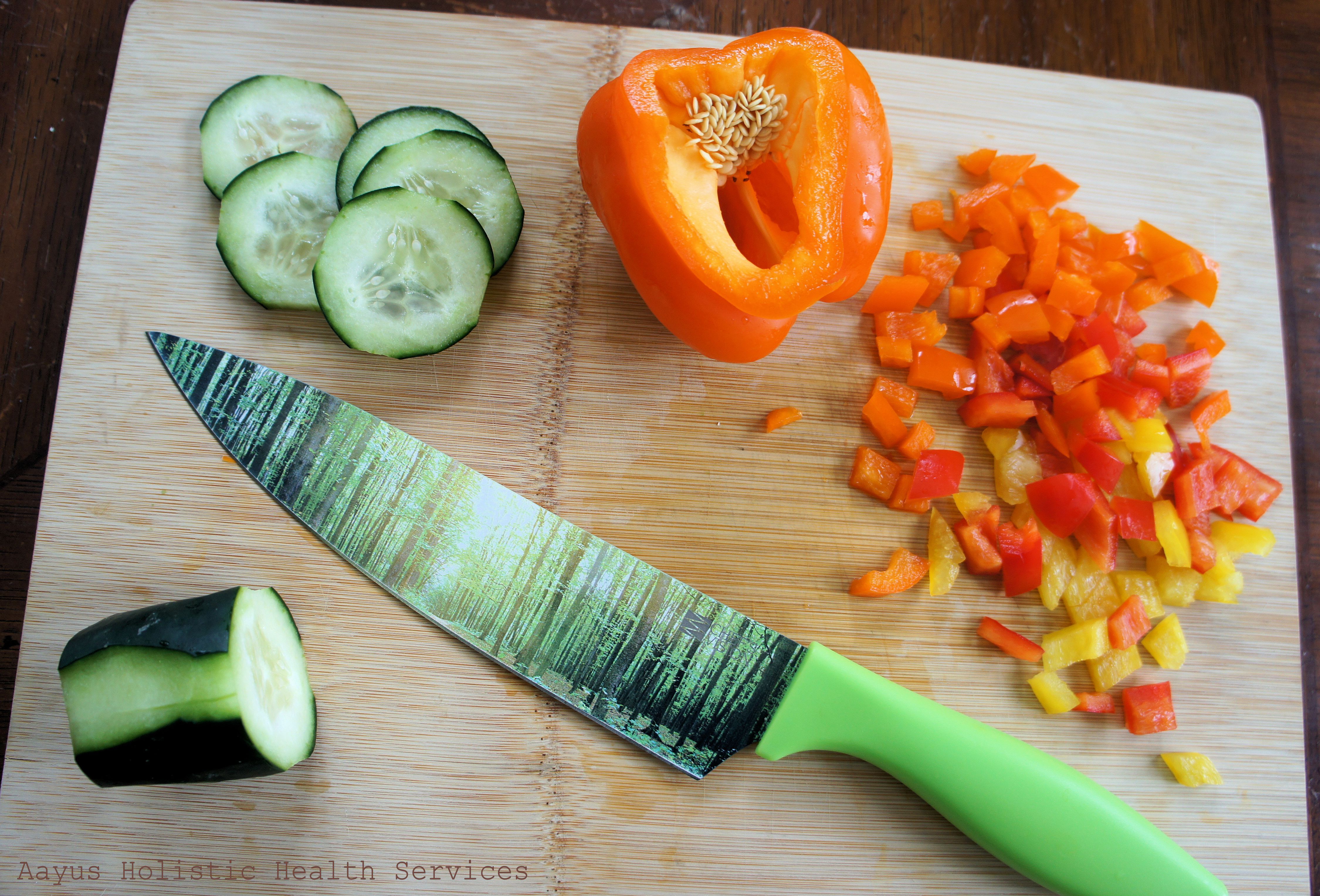



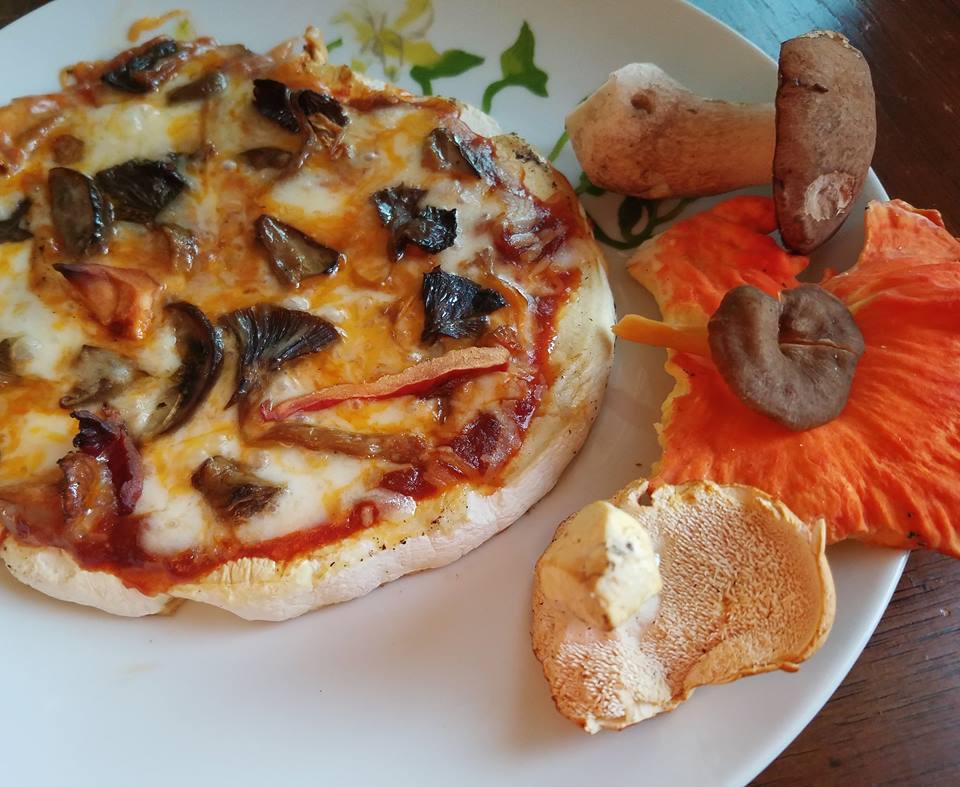







 A fairly uncommon but interesting Pheasant Back mushroom (cerioporus squamosus) look-alike, Neolentinus lepidius, is commonly known as the Train Wrecker. From afar, the earth-toned feathered patterning on the cap may have you convinced you’ve spotted a Pheasant Back. It’s had me momentarily confused! Once you get closer you’ll notice the distinct differences, beginning with the observation that this mushroom has gills, where a pheasant back has pores. Where pheasant backs have a distinctive cucumber/watermelon scent, the train wrecker has a very pleasant, fresh anise aroma to it. Neolentinus lepidius also has a tough, ringed stem with scales that match that of the cap.
A fairly uncommon but interesting Pheasant Back mushroom (cerioporus squamosus) look-alike, Neolentinus lepidius, is commonly known as the Train Wrecker. From afar, the earth-toned feathered patterning on the cap may have you convinced you’ve spotted a Pheasant Back. It’s had me momentarily confused! Once you get closer you’ll notice the distinct differences, beginning with the observation that this mushroom has gills, where a pheasant back has pores. Where pheasant backs have a distinctive cucumber/watermelon scent, the train wrecker has a very pleasant, fresh anise aroma to it. Neolentinus lepidius also has a tough, ringed stem with scales that match that of the cap.










